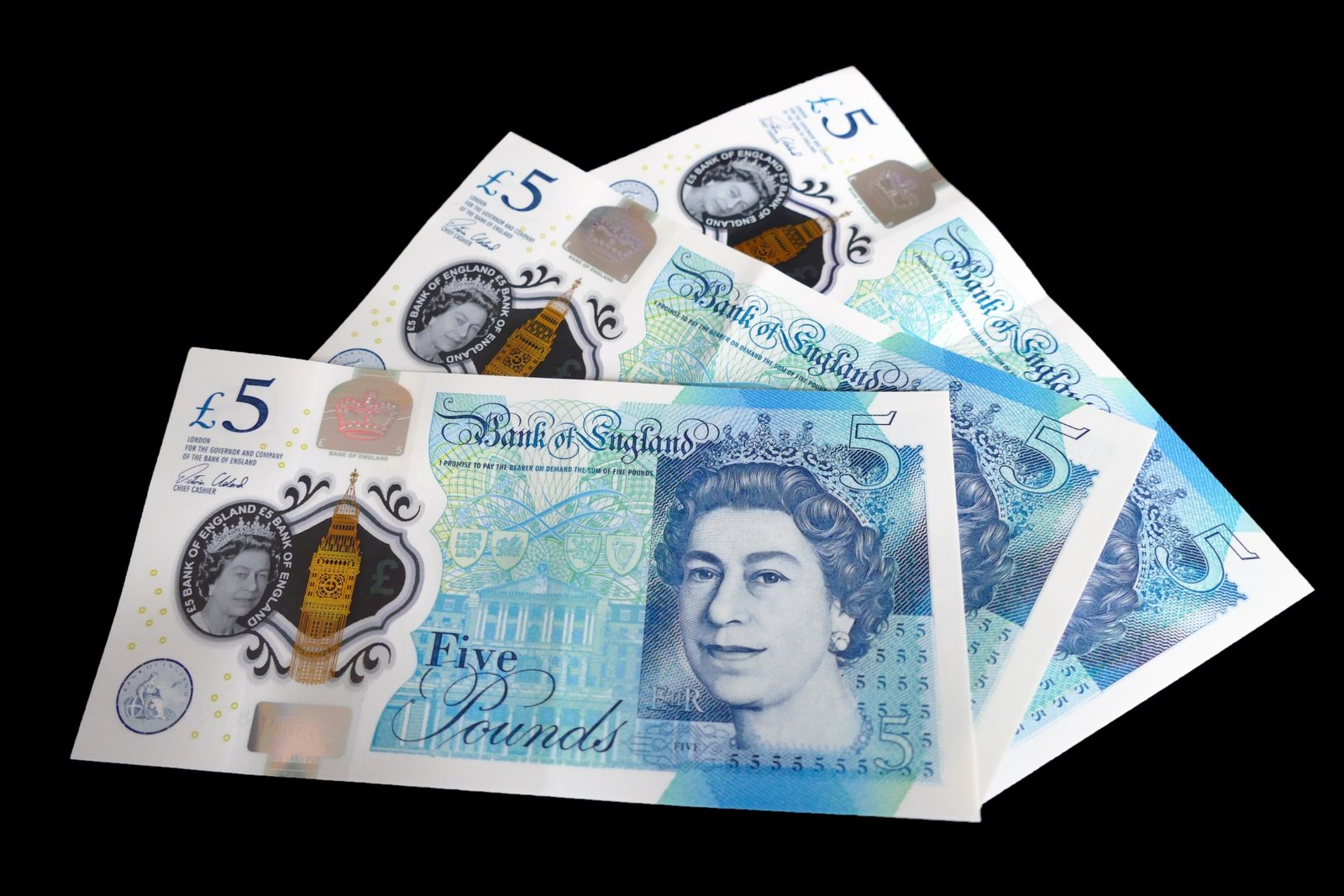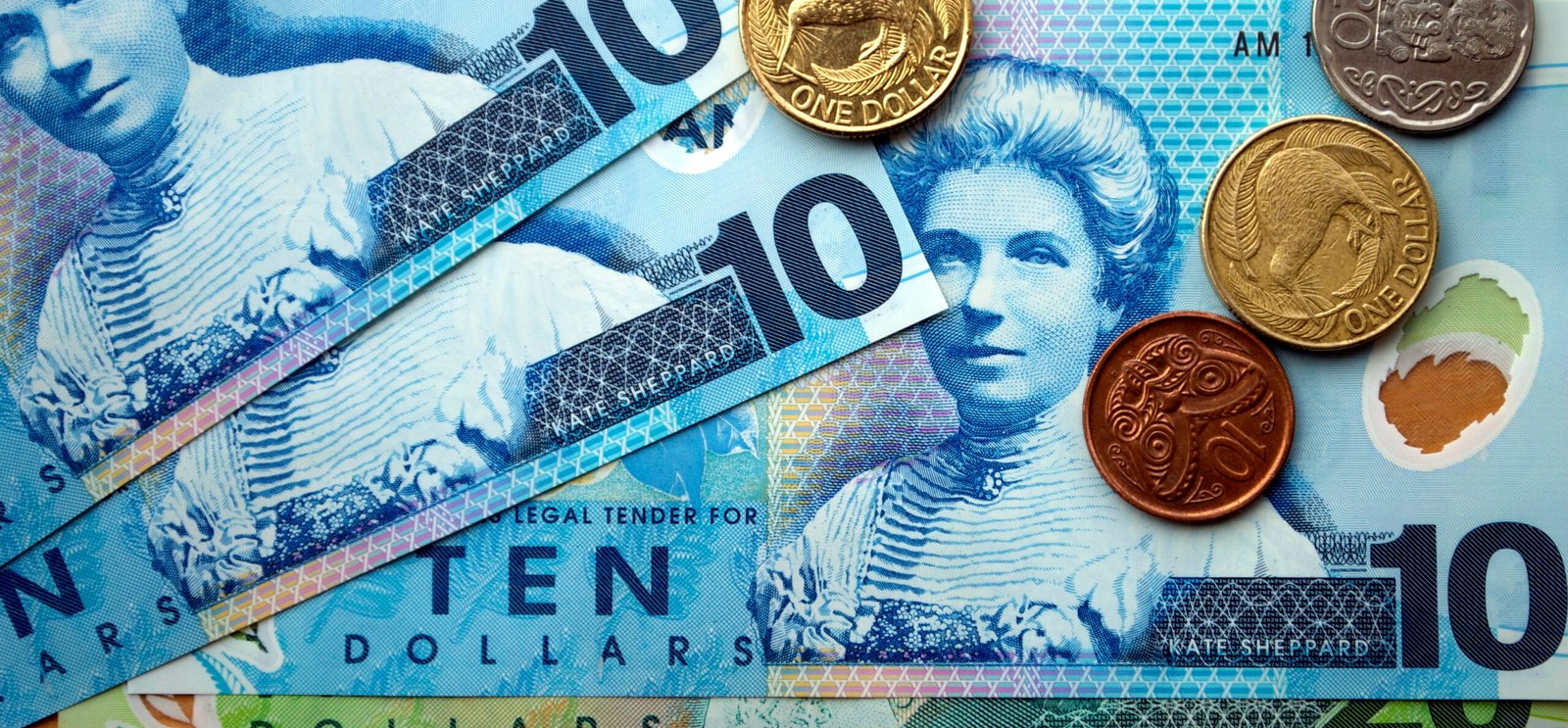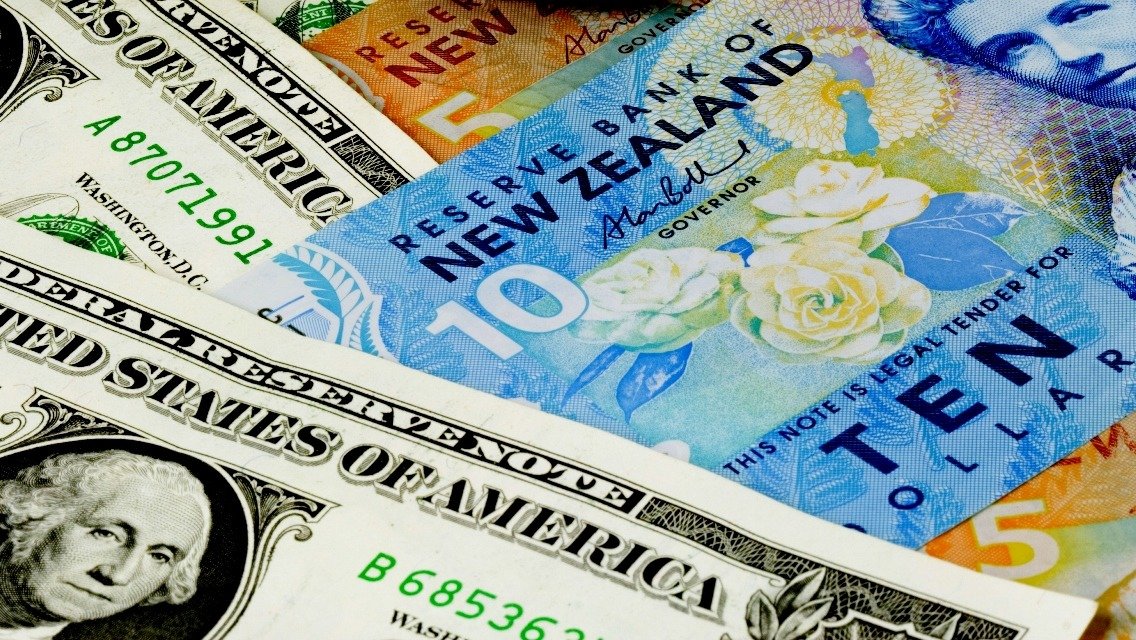GBP/USD Inches Close to 1.3500 as Weak US Dollar and BoE Halt Bets Fuel Sterling
GBP/USD exchange rate starts the week strong, moving nearer to the important 1.3500 level as renewed US Dollar weakness keeps pressures on the pair. The weakening of the USD is fueled by increasing expectations of Federal Reserve rate reductions after soft PCE inflation readings and rising apprehensions regarding the US fiscal situation, especially in light of President Trump’s recent spending bill. In the meantime, the British Pound gets support from speculation that the Bank of England will maintain interest rates unchanged at its next June meeting. Yet, generalized caution in markets on account of rising geopolitical tensions and new US-China trade uncertainties might restrict the pair’s gains. The market now looks to future US economic news and Fed Chairman Powell’s statements for additional guidance. KEY LOOKOUTS • Market focus will be on near-term US economic releases, such as the ISM Manufacturing PMI, and remarks from Fed Chair Jerome Powell for additional indications about the direction of Fed interest rates. • Expectations of the BoE halting rate cuts at its June 18 gathering remain underpinning the GBP, with central bank guidance being a key variable in shaping GBP/USD sentiment. • Concerns about the US fiscal deficit, fueled by President Trump’s latest spending budget, and heightened US-China trade tensions can pressure the USD in the short term. • Rising geopolitical tensions—led by Russia, Ukraine, and the Middle East—can drive safe-haven demand for the USD and cap gains in GBP/USD even with underlying positive drivers. GBP/USD pair remains volatile to a variety of key factors that can influence its near-term direction. Market players will be keenly watching Fed Chair Jerome Powell’s forthcoming comments and the newest US macroeconomic reports, such as the ISM Manufacturing PMI, for cues on the Federal Reserve rate outlook. On the British side, hopes that the Bank of England will leave interest rates unchanged at its June 18 meeting remain behind the support for the Pound. But chronic worries over the US fiscal deficit, fueled by President Trump’s recent spending bill, and escalating tensions in US-China trade relations could further pressure the US Dollar to the downside. Meanwhile, wider risk-off sentiment sourced from the geopolitical tensions in Eastern Europe and the Middle East might provide some support to the Greenback, potentially putting a lid on the upside for GBP/USD. The GBP/USD currency pair is supported by hopes of a BoE rate standstill and continued USD weakness fueled by weak US data and fiscal issues. Nevertheless, geopolitical tensions and a conservative global risk tone could cap any further appreciation. Traders are now looking to essential US data and Fed commentary for new direction. • GBP/USD trades around 1.3500, gaining positive momentum in the face of new USD weakness. • Expectations for Fed rate cut increase after weak PCE inflation data in the US. • US fiscal worries deepen following President Trump’s spending bill, putting pressure on the Dollar. • BoE to keep rates steady in its June 18 meeting, favoring GBP strength. • Geopolitical tensions in Eastern Europe and the Middle East weigh on global risk appetite. • US-China trade uncertainty returns after Trump’s remarks, contributing to USD pressure. • Upcoming US data and Powell’s address are in the spotlight for short-term direction for markets. GBP/USD pair has begun the week on a firm footing, helped by more general weakness in the US Dollar and enhanced confidence in the British Pound. A milder US inflation reading, as expressed through the most recent PCE Price Index, has further fueled bets that the Federal Reserve will choose additional policy loosening in the months ahead. This mood, together with increasing unease regarding the US fiscal situation in the wake of passage of a new government appropriation bill, has further contributed to the downward pressure on the Dollar. In the meantime, the British Pound holds steady, supported by hopes the Bank of England will be less willing to make further cuts in future interest rates, with no near-term moves anticipated at its next policy session. GBP/USD DAILY PRICE CHART CHART SOURCE: TradingView All the while, global market sentiment is being influenced by heightened geopolitical tensions and uncertainty regarding US-China trade relations. Recent comments from President Trump, in which he hinted that China might not completely live up to the terms of their trade deal, have also added to investor wariness. Also, all the recent conflicts in places like Eastern Europe and the Middle East still bear down on overall market sentiment. Therefore, investors are remaining close to upcoming US economic data and Federal Reserve speeches by officials, especially Chair Jerome Powell, for any signals that might impact policy expectations and currency market trends. TECHNICAL ANALYSIS GBP/USD is demonstrating signs of bullish momentum as it slowly inches towards the important psychological resistance around the 1.3500 level. Sustained break above this point may pave the way for further appreciation, with the next resistance at 1.3570–1.3600. On the downside, near-term support is at 1.3420, followed by firmer support at 1.3370, where the buyers may get back in. The overall framework is positive, but a decisive breakout above 1.3500 is required to ensure further uptrend. FORECAST GBP/USD pair holds scope for additional upside if prevailing momentum is sustained and the pair is able to achieve a clear breakout above the 1.3500 psychological mark. A change in market sentiment, aided by dovish communications from the Federal Reserve or improved UK economic indicators, could propel the pair to the next level of resistance around 1.3570–1.3600. Moreover, if the Bank of England is reticent about rate cuts while the Fed tends to ease, the policy differences might further favor bullish action in the pair. Conversely, any indication of strength in US economic statistics or even a more aggressive stance at the Fed can revive demand for the US Dollar at the expense of GBP/USD. A failure to hold above the 1.3500 level could trigger a short-term pullback, with initial support at 1.3420, and a further correction feasible towards 1.3370 if bearish momentum takes over. In addition, rising geopolitical tension or












